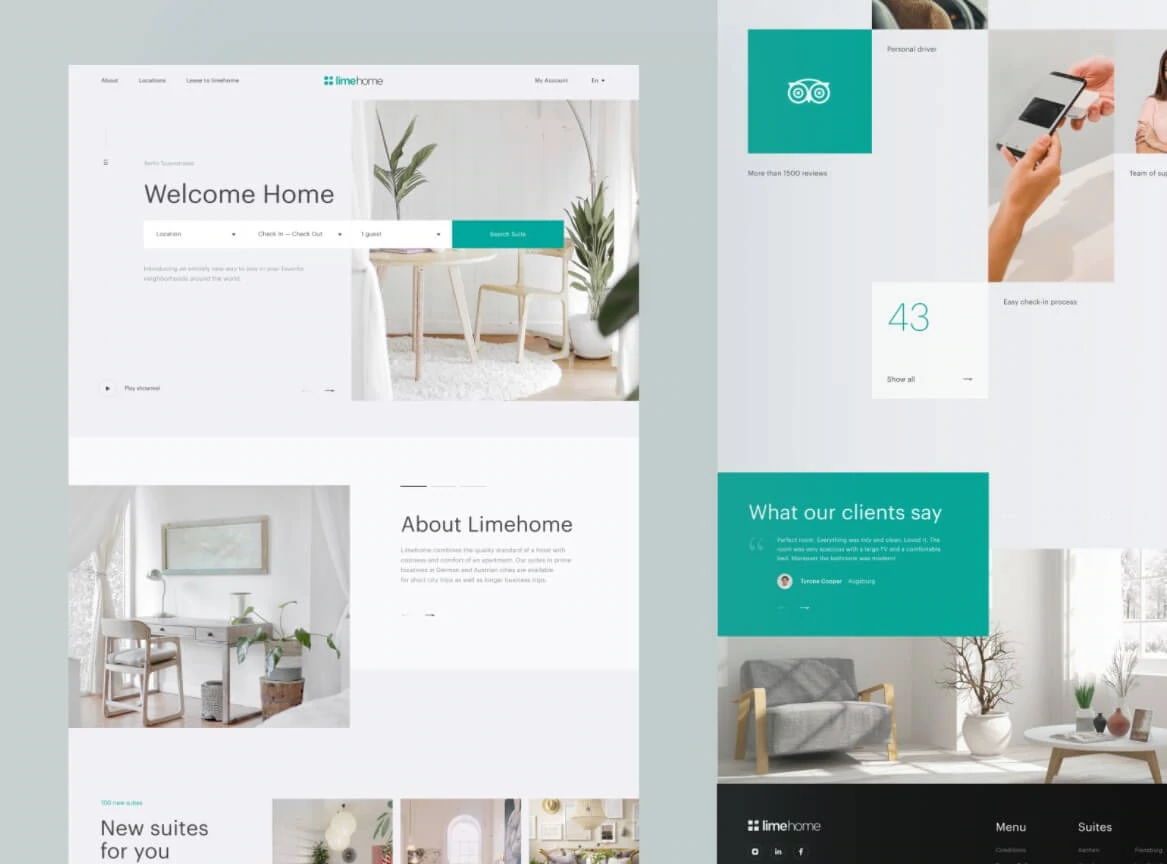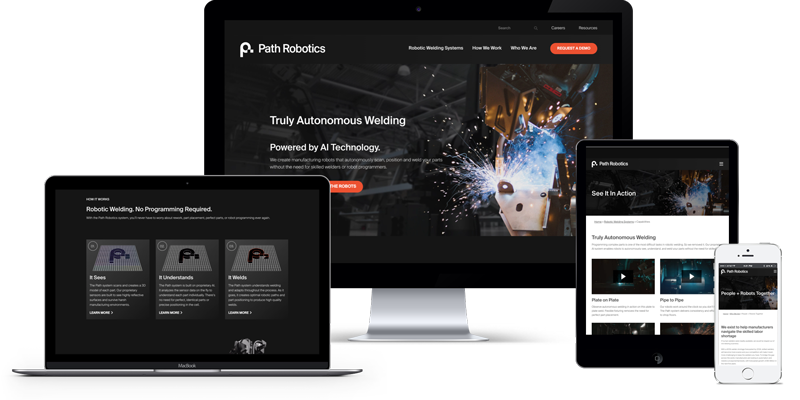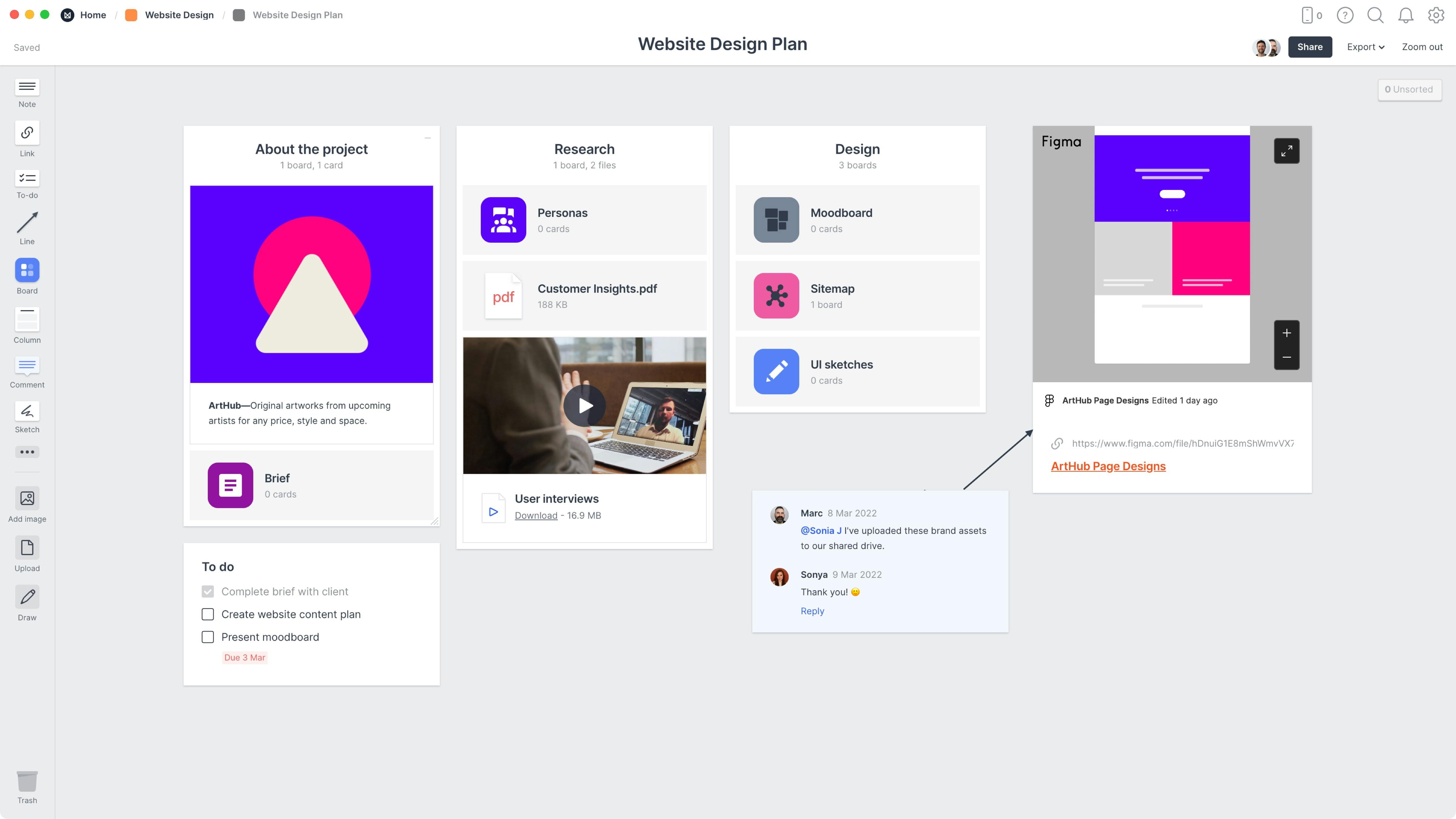The Effect of User Experience on Your Website Design Approach
The Effect of User Experience on Your Website Design Approach
Blog Article

Crafting a User-Friendly Experience: Essential Aspects of Reliable Website Design
Essential aspects such as a clear navigation framework, responsive layout concepts, and quickly packing times serve as the structure for engaging individuals successfully. Comprehending the underlying factors that contribute to efficient design can shed light on just how to improve individual fulfillment and involvement.
Clear Navigating Framework
A clear navigation framework is basic to effective site style, as it directly affects customer experience and interaction. Individuals must be able to situate info effortlessly, as user-friendly navigating decreases frustration and encourages exploration. A well-organized format enables visitors to comprehend the connection between different web pages and content, leading to longer website sees and boosted communication.
To achieve quality, developers should employ acquainted patterns, such as top or side navigating bars, dropdown food selections, and breadcrumb tracks. These aspects not only enhance functionality but likewise offer a feeling of orientation within the website. Furthermore, maintaining a regular navigation framework throughout all pages is crucial; this knowledge helps individuals prepare for where to locate desired info.
It is additionally important to restrict the variety of food selection items to prevent frustrating customers. Prioritizing one of the most essential sections and utilizing clear labeling will guide site visitors properly. Additionally, incorporating search capability can better help users in situating details content quickly (website design). In recap, a clear navigation framework is not simply a design option; it is a strategic component that dramatically impacts the overall success of a site by cultivating a reliable and enjoyable customer experience.
Responsive Layout Concepts
Effective site navigation establishes the phase for a seamless individual experience, which ends up being even a lot more essential in the context of responsive design principles. Receptive layout ensures that sites adapt fluidly to numerous display dimensions and alignments, boosting availability across gadgets. This versatility is achieved through flexible grid layouts, scalable pictures, and media queries that allow CSS to readjust designs based upon the gadget's features.
Key principles of receptive layout include fluid designs that utilize portions as opposed to taken care of devices, guaranteeing that aspects resize proportionately. In addition, using breakpoints in CSS enables the layout to shift smoothly in between various device sizes, optimizing the layout for each and every display type. The use of receptive pictures is additionally vital; pictures must automatically get used to fit the display without shedding top quality or creating format changes.
Furthermore, touch-friendly interfaces are critical for mobile users, with sufficiently sized switches and intuitive motions improving customer interaction. By incorporating these principles, designers can produce websites that not just look cosmetically pleasing yet also provide functional and appealing experiences throughout all devices. Ultimately, efficient responsive style promotes user complete satisfaction, decreases bounce prices, and urges longer interaction with the content.
Rapid Loading Times
While users significantly expect web sites to load promptly, quick loading times are not simply an issue of benefit; they are important for keeping site visitors and enhancing overall customer experience. Research shows that customers normally abandon internet sites that take longer than 3 secs to load. This abandonment can bring about increased bounce prices and decreased conversions, inevitably damaging a brand name's credibility and revenue.
Fast filling times boost individual engagement and complete satisfaction, as visitors are most likely to discover a site that reacts quickly to their interactions. In addition, search engines like Google focus on rate in their ranking algorithms, indicating that a slow website may have a hard time to achieve exposure in search outcomes.

User-friendly Interface
Rapid loading times lay the groundwork for an appealing online experience, however they are only part of the formula. An user-friendly interface (UI) is vital to guarantee site visitors can browse a web site easily. A well-designed UI permits read more individuals to achieve their goals with minimal cognitive load, fostering a smooth interaction with the site.
Crucial element of an instinctive UI include consistent design, clear navigating, and identifiable symbols. Uniformity in design aspects-- such as shade plans, typography, and switch designs-- assists users recognize exactly how to communicate with the web site. Clear navigation structures, including sensible menus and breadcrumb routes, make it possible for users to locate info rapidly, decreasing stress and enhancing retention.
Additionally, comments mechanisms, such as hover effects and loading indicators, notify individuals about their actions and the website's action. This openness grows trust and motivates continued interaction. Focusing on mobile responsiveness makes certain that individuals enjoy a natural experience throughout tools, catering to the diverse means audiences accessibility content.
Accessible Content Guidelines

First, make use of straightforward and clear language, avoiding jargon that may puzzle visitors. Stress proper heading structures, which not just help in navigation but also help display readers in analyzing content hierarchies effectively. Additionally, supply alternate text for photos to use this link communicate their definition to users that count on assistive innovations.
Contrast is an additional vital aspect; ensure that text stands apart against the history to improve readability. In wikipedia reference addition, make sure that video clip and audio material consists of records and inscriptions, making multimedia easily accessible to those with hearing disabilities.
Lastly, integrate keyboard navigability into your design, enabling users who can not use a mouse to access all website features (website design). By sticking to these easily accessible content standards, web designers can produce inclusive experiences that satisfy the needs of all customers, eventually boosting user involvement and complete satisfaction
Verdict
In verdict, the assimilation of vital elements such as a clear navigating structure, receptive style principles, fast packing times, an user-friendly individual interface, and obtainable content guidelines is essential for developing an easy to use web site experience. These elements jointly enhance functionality and involvement, ensuring that users can effortlessly browse and connect with the website. Prioritizing these design components not only improves overall fulfillment but also cultivates inclusivity, suiting varied individual demands and preferences in the digital landscape.
A clear navigation structure is fundamental to reliable internet site style, as it directly affects individual experience and interaction. In summary, a clear navigation framework is not merely a design option; it is a calculated component that significantly impacts the overall success of an internet site by promoting a effective and satisfying customer experience.
Moreover, touch-friendly user interfaces are essential for mobile customers, with appropriately sized buttons and user-friendly motions boosting user interaction.While users increasingly anticipate sites to load promptly, quickly loading times are not just a matter of ease; they are essential for maintaining site visitors and enhancing general individual experience. website design.In final thought, the combination of necessary aspects such as a clear navigating framework, responsive design principles, quickly packing times, an user-friendly customer interface, and easily accessible content guidelines is important for creating an user-friendly web site experience
Report this page